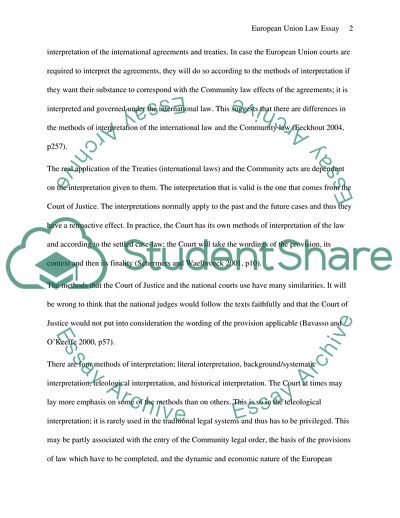Cite this document
(Methods Used By the Court Of Justice of the European Union Essay, n.d.)
Methods Used By the Court Of Justice of the European Union Essay. Retrieved from https://studentshare.org/law/1749247-european-union-law-essay
Methods Used By the Court Of Justice of the European Union Essay. Retrieved from https://studentshare.org/law/1749247-european-union-law-essay
(Methods Used By the Court Of Justice of the European Union Essay)
Methods Used By the Court Of Justice of the European Union Essay. https://studentshare.org/law/1749247-european-union-law-essay.
Methods Used By the Court Of Justice of the European Union Essay. https://studentshare.org/law/1749247-european-union-law-essay.
“Methods Used By the Court Of Justice of the European Union Essay”. https://studentshare.org/law/1749247-european-union-law-essay.


